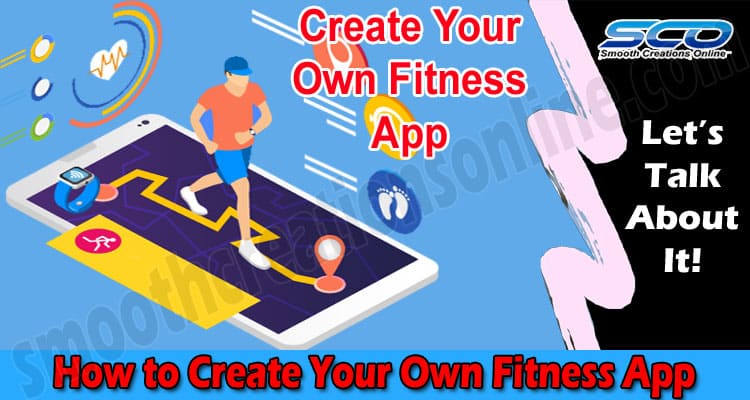How to Create Your Own Fitness App: Sport is life. It is a physical activity that helps us keep our bodies fit, lean, trim, and beautiful. It is fashionable to be sporty now more than ever. That’s why more and more modern apps are appearing every day that are great for sports.
During the global pandemic, people started spending a lot of time at home. For most, this had a bad effect on their weight. So people started actively exercising. To recreate a small gym at home, people started turning to various apps and workout videos. This is how the demand for fitness apps, and of course fitness app development companies, grew.
If you’ve decided to create your fitness app and are wondering how best to do it. The ideal solution for you is to contact the professionals who can help you with the whole project. Creating any kind of app, especially a sports app, is not as easy as it might seem at first glance.
Table of Contents
What does it take to create an app?
Let’s move on to the basic steps you need to follow to realize your project.
Step 1: Choose a monetization model
Paid apps, in-app purchases, conditionally free subscriptions, advertising, or sponsored content.
How to monetize a fitness app?
There are several ways to make a profit. For your future business you can choose between:
- Paid apps. Before you can use your app, users must purchase it. The price of the app may vary depending on the type of app, mobile platform, and content offered.
- In-app purchases. If you want to launch a free fitness app but make it profitable, you can encourage users to buy something from it. You can offer many types of in-app purchases, from premium content to healthy eating recipes.
- Freemium. Your users get the basic features of the app for free but have to pay for advanced features. This business model is also known as the premium subscription model. This means that basic features are free, while advanced fitness plans or personal training services are paid for.
- Ads. You can partner with other fitness companies and allow them to run ad campaigns on your app. You can charge a commission based on the price per click.
- Sponsored content. This business model involves partnering with fitness experts to enrich your app with their advice, knowledge, and expertise.
This is the first step you need to take. You should choose which monetization model will work best for you.
Step 2: Consider the main functions of the fitness app
The main features that you need to pay special attention to include: User profiles, notifications, social media sharing, and geolocation.
- User profiles. Fitness and wellness apps are designed to help users achieve their personal goals, including eating healthy, losing weight, or even increasing muscle mass. Thus, it is necessary to create a profile with personal information where they can enter and update their physical characteristics such as weight, height, and current age.
- Notifications. Notifications in the app remind users of their workouts and constantly motivate them. Notifications can be set up for workout plans or personal goals and notify users of their next exercise.
- Physical activity monitoring. Connecting your app to smartphone sensors for tracking is made easy by using Apple HealthKit and Google Fit via APIs to access health and fitness data collected on their platforms.
- Share on social media. Let your users connect, and share their results. They’ll be happy to tell the world about their successes thanks to your app.
- Geolocation. Seeing how many miles you’ve run, walked, or cycled by looking at a map gives people a powerful boost of motivation and satisfaction.
Features like these will make your app special and competitive.
Step 3: Hire a development team
Ideally, hire an agency or mobile development team to turn your business idea into a working solution. It’s important to remember that it’s best to develop only with real experts because you’ll end up with a low-cost solution.
Your partner or technology ally will help you determine the scope of requirements for your project, and functional specifications, plan the management of operational resources, and set a budget that best suits your business model.
Although building such a mobile app may seem expensive at first glance, the results will be incredible in terms of both loyalty and revenue.


